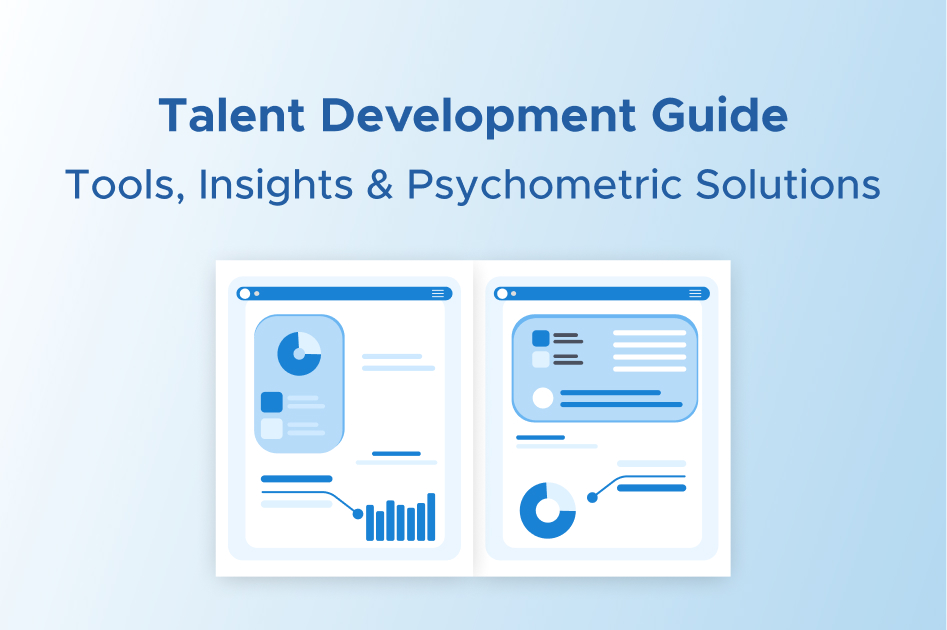What is the DISC Model? Understanding People's Personal Styles

Introduction
The DISC Model is a powerful tool for understanding human behavior and personality styles. Developed by psychologist William Moulton Marston, the model categorizes personalities into four primary types: Dominance, Influence, Steadiness, and Conscientiousness. This framework helps individuals and organizations improve communication, teamwork, and productivity by identifying and leveraging the strengths of different personality styles.
Understanding the DISC Model
1. Dominance (D)
Individuals with a Dominance style are driven, results-oriented, and assertive. They thrive on competition and enjoy taking charge of situations. Dominant personalities are often seen as confident and decisive but can sometimes come across as aggressive or impatient. In the workplace, they excel in leadership roles and are motivated by challenges and achieving goals.
2. Influence (I)
Those with an Influence style are enthusiastic, persuasive, and friendly. They enjoy interacting with others and are skilled at building relationships. Influencers are often seen as charismatic and optimistic but can sometimes be disorganized or overly talkative. In professional settings, they excel in roles that require communication and collaboration, such as sales or marketing.
3. Steadiness (S)
Steadiness individuals are dependable, patient, and good listeners. They value stability and consistency and prefer working in supportive and harmonious environments. Steady personalities are often seen as reliable and nurturing but can sometimes resist change or avoid confrontation. In the workplace, they excel in roles that require teamwork and support, such as human resources or customer service.
4. Conscientiousness (C)
Conscientious individuals are detail-oriented, analytical, and organized. They strive for accuracy and quality in their work and enjoy solving problems. Conscientious personalities are often seen as meticulous and disciplined but can sometimes be overly critical or perfectionistic. In professional settings, they excel in roles that require precision and expertise, such as accounting or engineering.
The DiSC Assessment
The DiSC assessment is a popular tool for determining an individual's primary DISC style. The assessment involves answering questions that measure preferences and behaviors in various situations. The results provide insights into a person's natural tendencies, communication style, and potential areas for development.
Applications of the DISC Model
1. Personal Development
Understanding one’s DISC profile offers profound benefits for personal development. By identifying their dominant personality style—whether Dominance, Influence, Steadiness, or Conscientiousness—individuals can gain valuable insights into their natural strengths and areas for improvement. This self-awareness allows people to enhance their interpersonal skills, such as communication and empathy, which are essential for effective relationships. For example, someone with a Dominance style might focus on developing patience and active listening, while a person with a Conscientiousness style might work on becoming more flexible. By aligning personal growth efforts with their DISC profile, individuals can foster a more balanced and fulfilling personal and professional life.
2. Team Building
The DISC Model is a powerful tool for enhancing team dynamics and productivity. In team-building exercises, understanding team members' diverse personality styles helps create a more cohesive and effective group. When team members recognize and appreciate each other’s strengths and working preferences, they can collaborate more smoothly. For instance, a team with a mix of Dominant and Steady personalities can benefit from the Dominant members' drive and leadership, while the Steady members' supportive nature helps maintain harmony. This appreciation of different styles fosters mutual respect and enhances overall team performance.
3. Leadership Development
Leaders can leverage the DISC Model to better manage and motivate their teams. By understanding the personality styles of their team members, leaders can tailor their management strategies to meet the unique needs of each individual. For example, a leader might adopt a more direct approach with Dominant team members, while providing more supportive and detailed guidance to those with a Steadiness style. This personalized approach helps build a more inclusive and motivated team, improving morale and productivity.
4. Conflict Resolution
The DISC Model is also useful in conflict resolution. Individuals can understand the underlying issues and motivations driving the disagreement by identifying the personality styles involved in a conflict. For example, a conflict between a Dominant and a Steady individual may stem from differing approaches to decision-making and risk. Understanding these dynamics allows individuals to address conflicts constructively, finding solutions that respect each party’s needs and preferences. This approach resolves conflicts more effectively, strengthens relationships, and fosters a positive work environment.
Conclusion
The DISC Model offers valuable insights into human behavior and personality styles. Individuals and organizations can improve communication, teamwork, and productivity by understanding the four primary types—Dominance, Influence, Steadiness, and Conscientiousness. Whether used for personal development, team building, leadership development, or conflict resolution, the DISC Model is a versatile and powerful tool for enhancing interpersonal relationships and achieving success.
Related posts
Explore moreEmotional Intelligence Assessments for Recruitment

A Better Approach to Succession Planning Using Assessment Data

